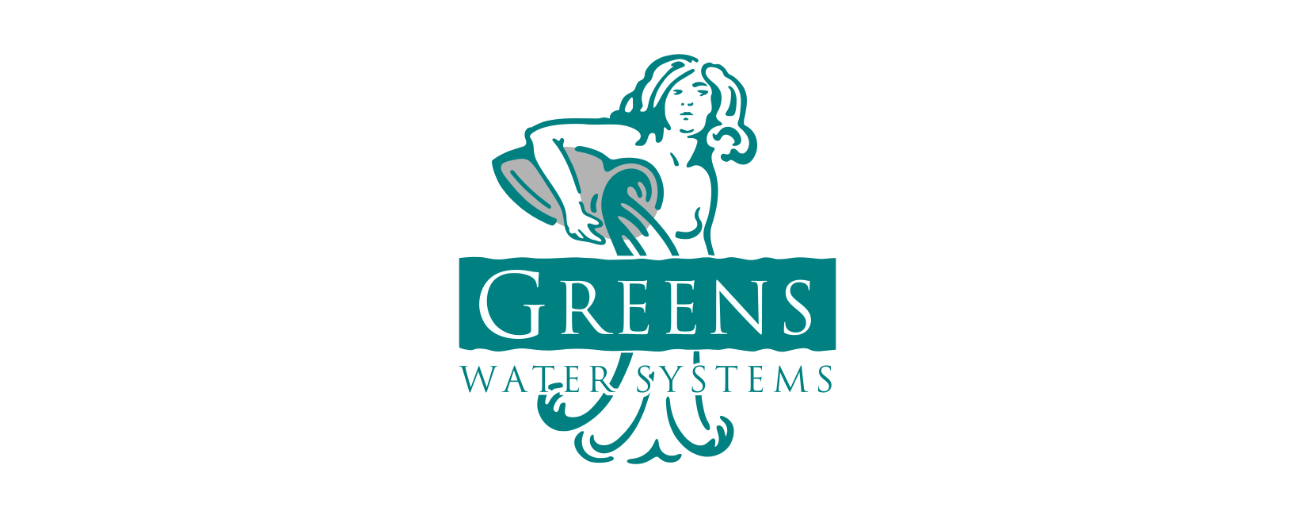CT9 (Birchington)
Canterbury (CT9) Postcode Area
Birchington, located on the stunning Kent coast, offers a, village-like atmosphere with a friendly community spirit. Residents enjoy beautiful beaches and scenic walks along the Viking Coastal Trail. Excellent local amenities include shops, eateries, and schools, making it ideal for families. Transport links are convenient, with easy access to train services connecting to London. Birchington is also famous for its historic attractions, such as the 12th-century St. Thomas' Church and Quex Park, ensuring there's always something to explore.
Overview
Birchington (CT9) postcode district is located in the ceremonial county of Kent, and is part of the Canterbury postal town.
The CT9 postcode in Margate, Kent, boasts a diverse community with a population density of 5021.7 people per sq km, a higher than average number of cars per household at 2, and a significant proportion of residents holding Level 4 qualifications at 25.9%. The area features a mix of property types, with 36% of homes being 2-bed houses, and an average house price of £288,000, which is competitive compared to the UK average. Despite its attractions, the area faces challenges, with 16.3% of residents experiencing deprivation in multiple dimensions.
Settlements within CT9 include:
Cliftonville, Margate, Northdown, Twenties, Westbrook, Westwood
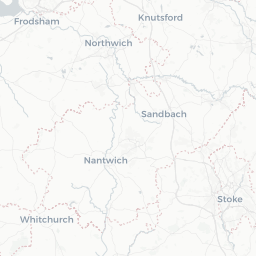

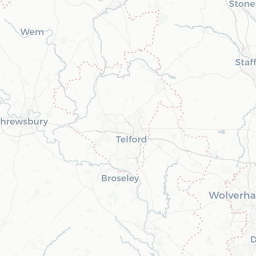


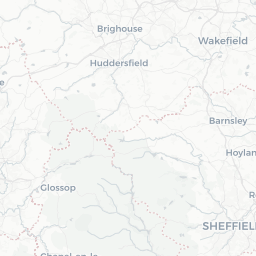





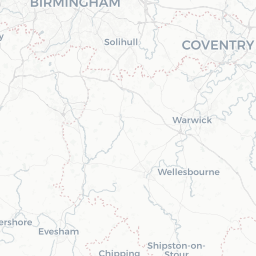




People and Demographics
Demographics
The CT9 postcode is primarily home to a predominantly White population, comprising 90.4% of residents, with smaller percentages of Asian (2.9%), Black (1.6%), and Mixed ethnicity (2.9%). The average age of residents is 40.3, slightly younger than the UK average of 40.7. In terms of marital status, 40.6% of the population is single, while 37.8% are married.
Unemployment
Percentage of people in Canterbury CT9 who are classed as being unemployed at Census 2021.
An unemployment rate of 5% in Birchington CT9 is slightly above the UK average of 4.3%, indicating a moderate level of joblessness.
While some residents may face employment challenges, the rate still suggests a functioning local economy. Efforts to boost job opportunities could further enhance community stability and support the area's long-term growth.
Diversity
Percentage of residents in the CT9 postcode region who identify as white.
With 87% of Birchington CT9residents identifying as White, this postcode has a relatively homogenous population with some ethnic diversity.
While the majority share common backgrounds, the inclusion of different cultures brings varied experiences and enriches the community's social fabric.
Population Growth
Population growth means that the population of Canterbury CT9 is increasing by 2% each year.
Across the UK, (England, Scotland, Northern Ireland and Wales), the average population grown from 2023-2024 is 0.66%.
Children
Are under 18 years old
18% of Canterbury CT9 are under the age of 18 at the time of the Census 2021.
Birchington CT9 aligns closely with the UK average of 17.4%. This indicates a balanced mix of families and other household types, with amenities catering to both children and adults.
Retired
Are enjoying retirement
17% of Canterbury CT9 are retired at the time of the Census 2021.
Birchington CT9 aligns closely with the UK average of 16%, a mixed community of working-age individuals and retirees. Local amenities are likely to be diverse, and cater to both younger and older residents.
Census 2021 Demographics
Who lives and works in CT9?
Analysing the CT9 population's characteristics, including age distribution and cultural diversity, provides valuable insights into the composition of the community.
Population
Analysing the CT9 population's characteristics, including age distribution and cultural diversity provides valuable insights into the composition of a local community.
Demographics
The CT9 postcode is primarily home to a predominantly White population, comprising 90.4% of residents, with smaller percentages of Asian (2.9%), Black (1.6%), and Mixed ethnicity (2.9%). The average age of residents is 40.3, slightly younger than the UK average of 40.7. In terms of marital status, 40.6% of the population is single, while 37.8% are married.
Population Growth
Population growth means that the population of Canterbury CT9 is increasing by 2% each year.
Across the UK, (England, Scotland, Northern Ireland and Wales), the average population grown from 2023-2024 is 0.66%.
Children
of Canterbury CT9 are under the age of 18 at the time of the Census 2021.
Retired
of Canterbury CT9 are retired at the time of the Census 2021.
Gender Ratio
51% female
Gender ratio in census data means the number of males for every 100 females in a population, helping us understand the balance between men and women in a specific area.
Age Distribution
are adults
Age distribution refers to how different age groups are spread within a population, showing the number of people in each age range. This helps understand the population's structure and potential needs.
Age Distribution
"Age Distribution by 5-year bands" in the Census 2021 breaks down the population into groups based on age ranges, each spanning five years (e.g., 0-4, 5-9, 10-14, etc.). This helps to see how many people fall into each age group, providing a clear picture of the age structure in an area.
Living Arrangements
"Living Arrangements" in the Census 2021 refers to people's relationship status and how they live with others. It includes whether someone is married, in a civil partnership, cohabiting as a couple, separated, divorced, or single, and whether they live with a partner, alone, or with others.
Legal Partnership
Legal partnership status of residents in the Canterbury (CT9) district, offering insights into the diversity of relationship statuses in the area. This dataset classifies residents aged 16+ in England & Wales by their partnership status.
Gender Identity
"Gender Identity" in the Census 2021 refers to how people personally identify their gender, which may or may not align with the sex they were assigned at birth. It includes options like male, female, non-binary, or other identities, reflecting how individuals see themselves.
Postcodes
Dig even deeper into the CT9 postcode:
Click on an postal code below for more information about the area. Each postcode give you a comprehensive overview of the postcode neighbourhood, including address, demographics, crime, transport, amenities and house prices in Canterbury (CT9).
Word Cloud for CT9
We've trawled social media and the web to discover words that describe the postcode district of CT9:
Nearby Towns & Cities
CT9 Postcode area
The following towns and villages can be found close to Birchington CT9:
Canterbury
Population 54,880
0.6 miles
Perhaps one of England's most historic cities, Canterbury's history can be traced back to before the Roman invasion. Home to the magnificent Canterbury Cathedral, the medieval centre is lined with cobbled streets and timber-framed houses.
Nearest Postcode Areas:
Tyler Hill
Population 587
2.1 miles
Located in Kent, Tyler Hill is a quaint village known for its picturesque countryside views, historic architecture, and close proximity to the vibrant city of Canterbury, making it the perfect balance of rural charm and urban convenience for those seeking a peaceful yet well-connected place to call home.
Nearest Postcode Areas:
Sturry
Population 5,085
2.3 miles
Located in Kent, Sturry is a charming village with a strong sense of community, boasting picturesque riverside walks, historic churches, and convenient access to both Canterbury and the stunning Kent countryside, making it a perfect choice for those seeking a peaceful yet well-connected lifestyle.
Nearest Postcode Areas:
Lower Hardres
Population 269
2.4 miles
Located in Kent, Lower Hardres is a peaceful village with a strong sense of community and stunning views of the surrounding countryside, making it a perfect spot for those looking to escape the hustle and bustle of city life.
Nearest Postcode Areas:
Chartham Hatch
Population 482
3.1 miles
Located in Kent, Chartham Hatch is a small village surrounded by picturesque countryside, perfect for nature lovers and those seeking a peaceful retreat from the hustle and bustle of city life.
Nearest Postcode Areas:
Littlebourne
Population 1,529
3.1 miles
Littlebourne, located in Kent, is a quaint village with a strong sense of community, beautiful countryside surroundings, and a charming historic church at its heart, offering a peaceful and idyllic setting for those looking to escape the hustle and bustle of city life.
Nearest Postcode Areas:
Shalmsford Street
Population 3,634
4.1 miles
Shalmsford Street, located in Kent, offers a vibrant community with a bustling high street, plenty of local shops, quaint cafes, and beautiful parks, making it a perfect place to enjoy a relaxed lifestyle in the heart of the English countryside.
Nearest Postcode Areas:
Hersden
Population 1,503
4.5 miles
Hersden, located in Kent, is a vibrant village with a strong sense of community, offering a peaceful setting for those looking to escape the hustle and bustle of city life while still enjoying easy access to nearby amenities and beautiful countryside surroundings.
Nearest Postcode Areas:
Local Authorities
CT9 Postal Town
The CT9 postcode includes the following local authorities:
- Thanet
Crime in CT9
How safe is this postcode sector?
The CT1 postcode area, which covers Canterbury in Kent, has seen a fluctuation in crime levels in recent years. According to recent statistics, crime rates have been on the rise, with an increase in reported incidents of anti-social behaviour, theft, and violence.
Key Hotspots
Key hotspots for crime in the CT1 area include the city centre, where a high concentration of bars and clubs can lead to incidents of alcohol-related violence. Residential areas near the University of Kent campus are also prone to burglaries and anti-social behaviour.
Historical Crime Issues
In the past, Canterbury has faced challenges with drug-related crime, particularly in areas such as Sturry Road and Wincheap. Gang-related violence has also been a concern, with incidents of turf wars and retaliatory attacks occurring in certain parts of the city.
Current Policing Priorities
The local police force in Canterbury has identified several key priorities to address the rising crime levels in the CT1 area. These priorities include increasing police presence in known hotspots, working closely with community groups to prevent anti-social behaviour, and targeting known criminals through intelligence-led operations.
By focusing on these priorities, the police aim to reduce crime rates and improve the overall safety and well-being of residents in the CT1 postcode area.
Sources:
Kent Police
Crime Statistics UK
Education
Highest Rated Schools in CT9
As rated by Ofsted
- Cliftonville Primary School
Northumberland Avenue, Margate, CT9 3LY
Outstanding - Cherry Tree
29 All Saints Avenue, , CT9 5QN
Outstanding - Margate, Holy Trinity and St John's Church of England Primary School
St John's Road, Margate, CT9 1LU
Good - Parkview Academy
8 Approach Road, , CT9 2AN
Good - Hartsdown Academy
George V Avenue, Margate, CT9 5RE
Good - Drapers Mills Primary Academy
St Peter's Footpath, Margate, CT9 2SP
Good - St Anthony's School
St Anthony's Way, Margate, CT9 3RA
Good - Northdown Primary School
Tenterden Way, Margate, CT9 3RE
Good - St Gregory's Catholic Primary School, Margate
Nash Road, Margate, CT9 4BU
Good - Salmestone Primary School
College Road, Margate, CT9 4DB
Good

Unlock the full power of postcode insights.
Data is meaningless without context. Reveal the stories behind a neighbourhood, and make smarter decisions with data you can trust. Gain unlimited access to detailed statistics, exclusive reports, and essential tools.
PostcodeArea is grateful to our sponsors for their support.

